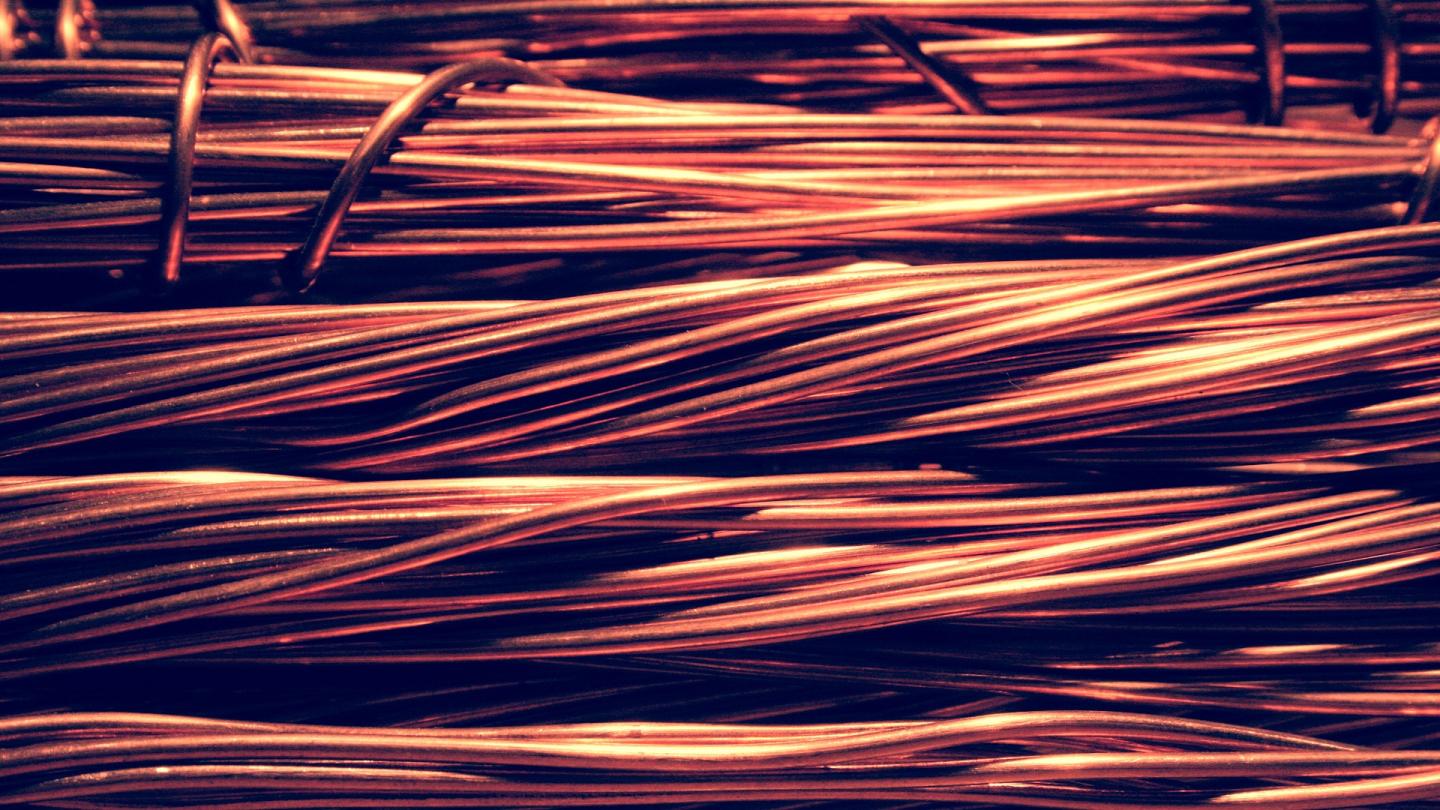Novel fabrication methods and analysis procedures for materials operating at the extremes of precision and endurance.
CERN's Know-How
- Design, development and assessment of materials and coatings operating in extreme environments (temperature, magnetism, vacuum, and radiation)
- Decades of accumulated expertise in advanced material characterization and analysis
- Training of students and fellows in international collaborations since early 1990s
Facts & Figures
- -271.3 °C: operating temperature of LHC magnets
- 693 MJ: the anticipated energy of the circulating High Luminosity LHC particle beams...equivalent to an Airbus A320 flying at 520 km/h, concentrated in the diameter of a pencil lead!
- Down to 10-12 mbar: pressure in LHC beam pipes (equal to the dark side of the moon)
- 8.33 T: magnetic field strength of LHC dipole magnets
Value Proposition
Read more about Material Science here.
Key Competences
Materials for demanding applications & environments
Selection, specification, development and application of materials and processes to meet demanding requirements, often at the extremes of temperature, radiation, vacuum and magnetism. CERN experts translate these requirements into new methods and recipes that also take into account the constraints of large-scale industrialisation.
Advanced material characterisation techniques
Material characterisation and analysis for quality control. Includes non-destructive testing and dimensional control. Static and dynamic mechanical tests, measurements, and failure analyses. Use of advanced technologies like ultra high precision CMM, phased array ultrasound testing, computed micro-tomography and dimensional metrology.
Thin film coatings for high-performance applications
CERN components must meet demanding expectations in performance and longevity. To achieve this, CERN experts have accumulated over 50 years of experience in the development and application of novel thin film coatings for functional and optical use, including in ultra-high vacuum (UHV) systems and high-energy detectors.
Micro-pattern technologies and processes
CERN personnel develop, prototype, construct, maintain and operate some of the largest and most complex detectors in the world. This begins at the micro-scale, with the production of PCBs, thick film and thin film hybrids, flex-rigid boards, fine line flex circuits, large size boards, and sequential build up multilayers with microvias.
Key Applications
High thermo-mechanical performing materials
CERN, in collaboration with, amongst others, Brevetti Bizz (IT), has developed a family of novel graphite-based composites showing excellent thermal conductivity, low thermal expansion and low density – making them suitable for high-end thermal management applications.
Carbon fibre composites
Expertise in the design, manufacture, installation and integration of stable, lightweight support structures based on Carbon Fibre Composite Materials.
Superconducting (SC) materials
CERN uses a wide range of superconducting (SC) materials in the construction of its accelerators and experiments. Niobium titanium has been the workhorse for the LHC. Nb3Sn is required to produce the high-field magnets needed for the high-luminosity upgrade. A wide range of materials are being explored to enable the cables, magnets and devices required for the future.

